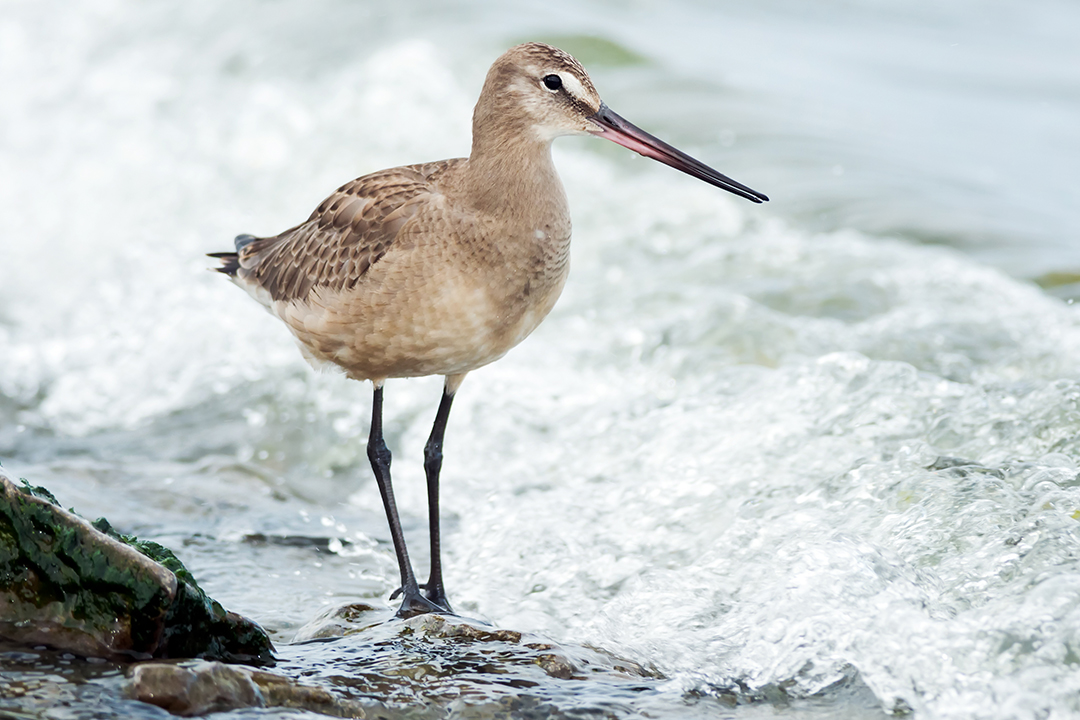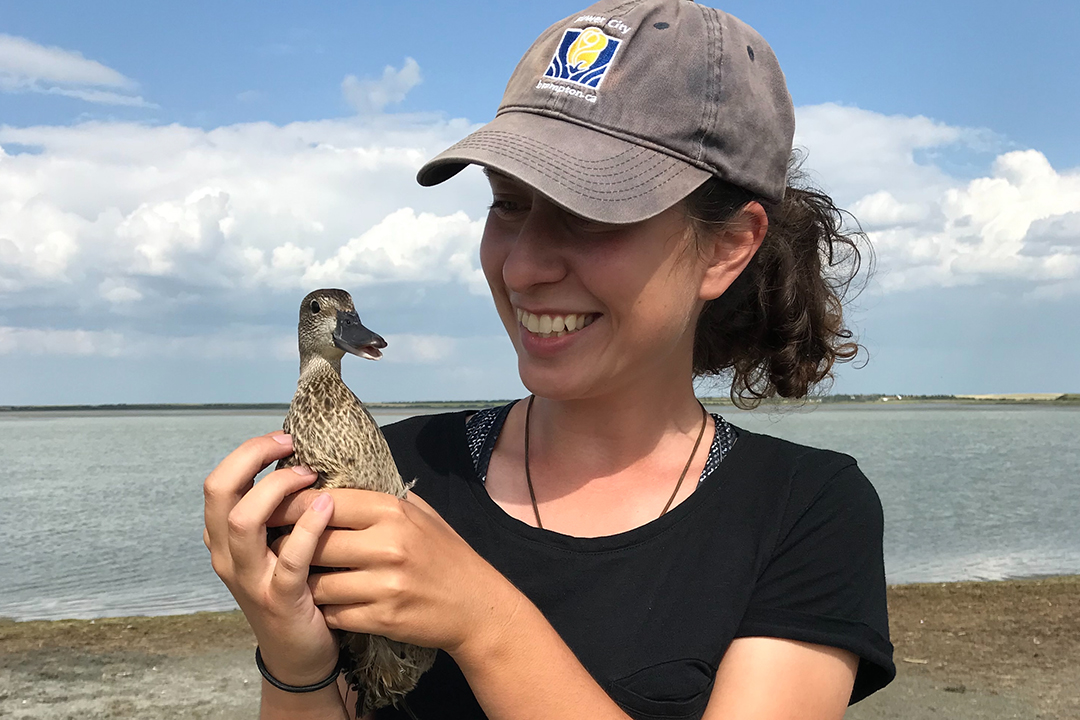
Crashing shorebird populations ring alarm bell on global water crisis
Shorebirds are among the world’s most impressive travellers. Year after year, they make round trips of 32,000 kilometres from the top of the world to the bottom — and back again.
By Kayla CarusoAlaska, United States — I gather with thousands of other shorebirds to feed, preparing for our 12,000-kilometre (km) journey home. The breeding season was only semi-successful. Not all my eggs made it — a few of them starved. It was so warm that the insects emerged early, and by the time my eggs hatched, I couldn’t find enough food for all four chicks since many of the insects were already gone.
My nesting site was also different this year — a chemical taste had entered the air and water. Our breeding grounds used to be safe from humans. Not anymore.
***
Shorebirds are among the world’s most impressive travellers. Year after year, they make round trips of 32,000 km from the top of the world to the bottom — and back again.
But these remarkable adventurers are in serious danger: their population numbers have declined 37 per cent in North America since the 1970s. With climate change altering every area of the globe, these birds have a front-row seat to the destruction of our planet.
Changes in climate are significantly altering their breeding grounds in the Arctic. Insects are emerging earlier due to warmer temperatures, creating a mismatch between chick hatching and peak insect numbers. Oil and gas exploration is also contaminating this once pristine landscape. Nowhere in the world is free from human influence and declining shorebird populations are proof of these impacts.
***
Saskatchewan, Canada — We departed Alaska days ago and have been flying non-stop since we left. Things seem to change every year. There are more open patches in the forests and more smoke in the air. The smoke makes flying difficult, but we press on.
The vast forests eventually give way to open fields. Small wetlands and lakes dot the vast prairies. My eyes scan the landscape for the wetland where I stopped last year — it had plenty of food. But I don’t see it. There are fewer wetlands than before. Their numbers seem to shrink every year, replaced by rows of crops.
Finally, I spot a lake. The only water is in the very centre, surrounded by kilometres of salt flats. It’s not perfect, but we are tired and hungry, and it will have to do. We will stay here for a about a week to feed and prepare for our journey east across the Atlantic Ocean to the lush forests of Brazil. A non-stop, 7,000-km flight.
***
Throughout their migration, shorebirds rely on water — a resource that’s becoming increasingly scarce and contaminated. Water sources — in the forms of wetlands, lakes, rivers and oceans — are like gas stations for these birds, providing them with places to rest and refuel.
The prairie wetlands provide vital stopover habitat, but up to 40 per cent of the region’s wetlands have been lost to agricultural expansion and climate change. Climate change causes more frequent droughts, and farmers often drain wetlands to create more arable land, destroying those that remain.
Without water, these birds won’t survive.
***
Chiloé Island, Chile — I will make two more stops before finally reaching home. I refuel quickly in Venezuela and Eastern Argentina. In these places, I rely on the rivers. The waters have tasted more and more foul every year. Pesticides and fertilizers are changing them. I do not feel as strong as I used to.
After a relatively short flight from my last stopover, I can finally see home: vast mudflats where we will stay for six months. I often dread returning home. Things are always worse. Humans and rising sea levels continue to encroach on our beaches and mudflats. I also see more and more fish farms dotting the waters. The chemicals from these farms make us sick.
Every year, our area of beach seems smaller as water levels continue to rise. I look around and recognize a few familiar birds, but many did not make it back because they were unable to find food or were downed by storms. Despite the dangers of our journey, it is all we know.
***
Shorebirds have evolved for thousands of years to synchronize their migrations to the earth’s annual cycles. They cannot cope with these rapid changes, and they will not survive unless humans take action around the globe.
The Western Hemispheric Shorebird Reserve Network (WHSRN) is an organization involving 18 countries in North, Central and South America that has protected 38.6 million acres of shorebird habitat. This network demonstrates that co-operation across international borders is possible and effective at protecting shorebird habitat.

To get involved in shorebird conservation, consider volunteering for the International Shorebird Survey (ISS) and count the shorebirds in your area. These bird counts allow scientists to identify areas that are important to shorebirds so they can work toward protecting them through organizations such as WHSRN.
Kayla Caruso of Brampton, Ont., is a master’s student in the University of Saskatchewan’s College of Arts and Science who is studying shorebird population trends in the Prairie Pothole Region of Saskatchewan. While Kayla based her story on the migration of the Hudsonian godwit, the climate change-related challenges facing this species are similar to those confronting many Arctic-breeding shorebirds.
